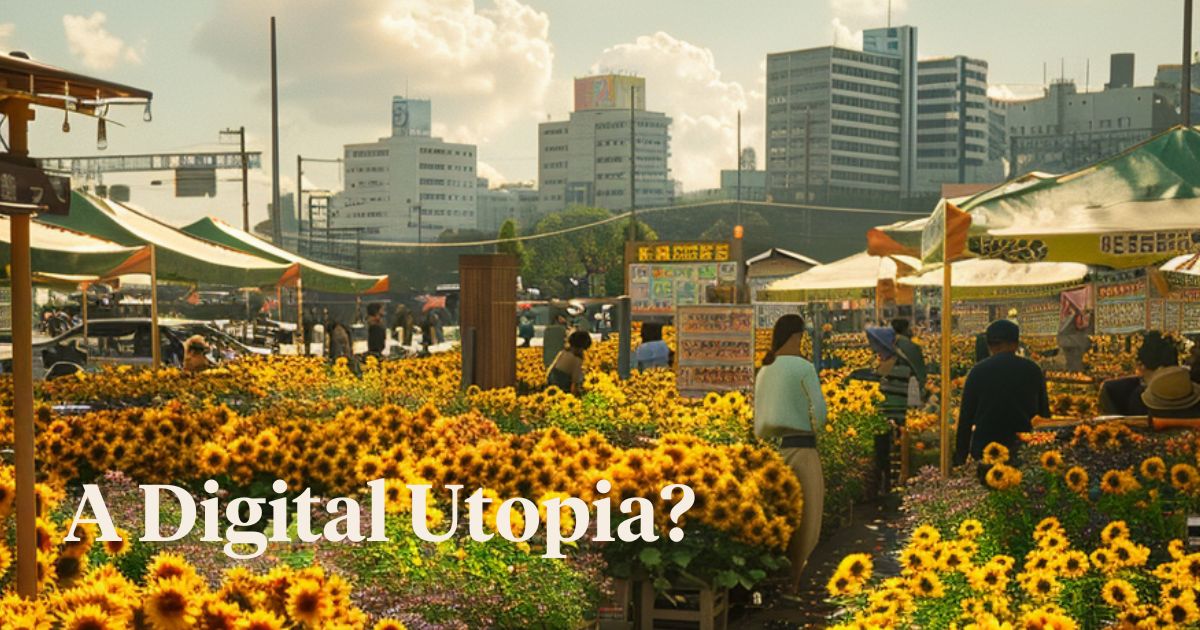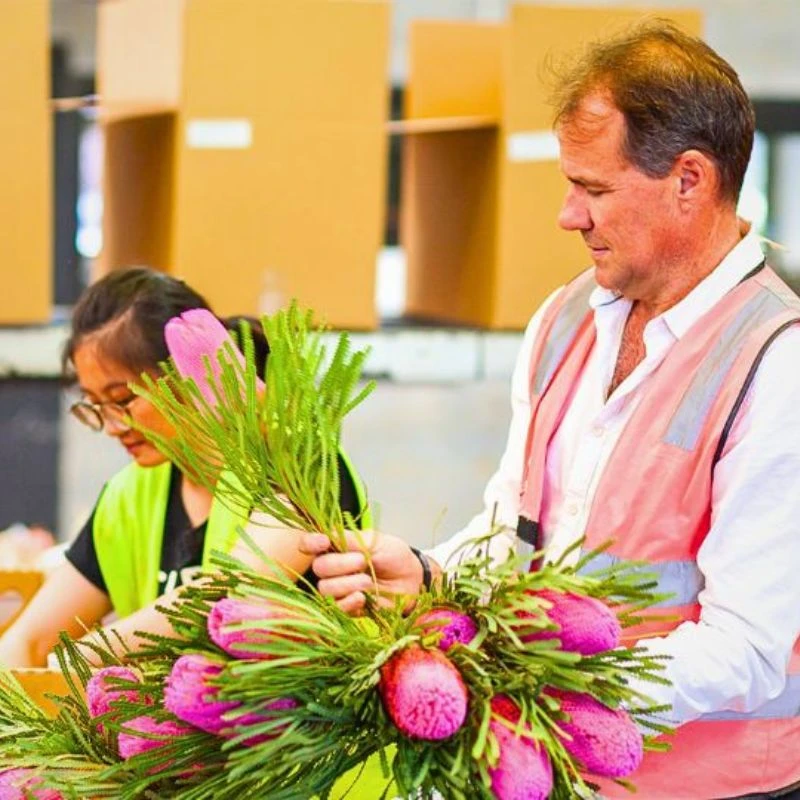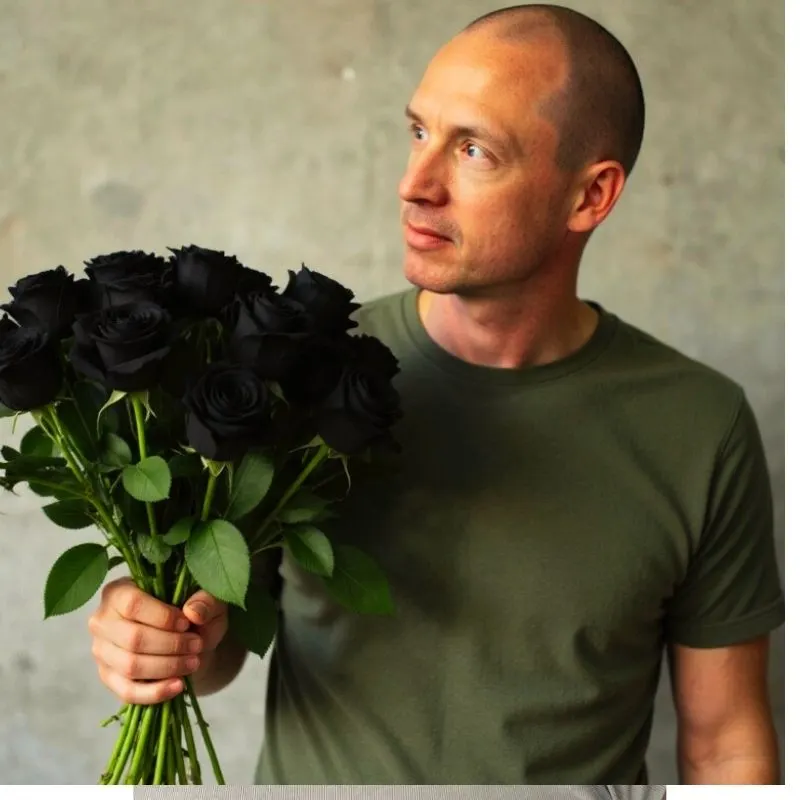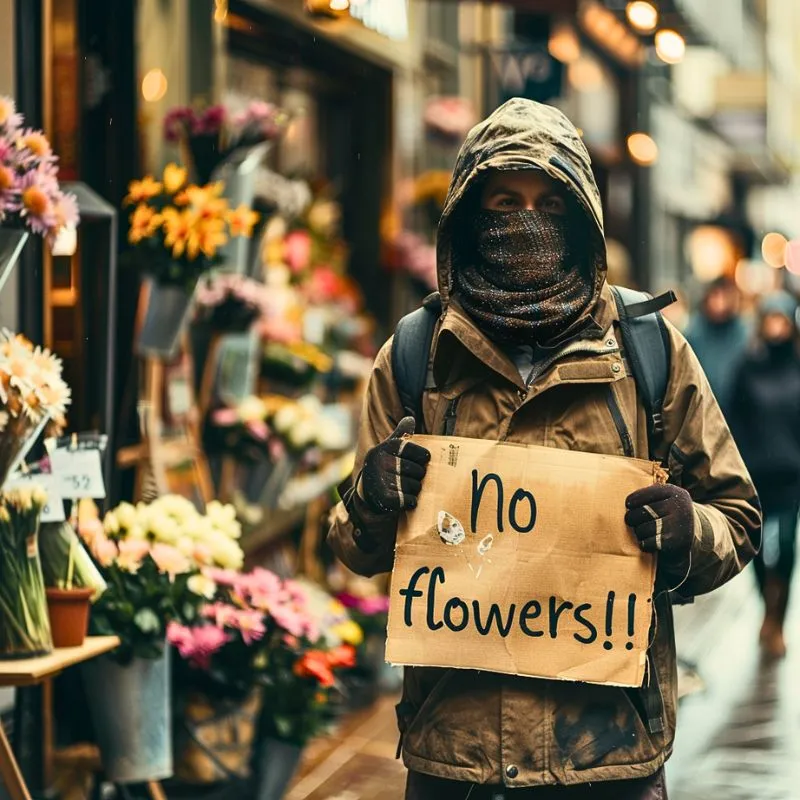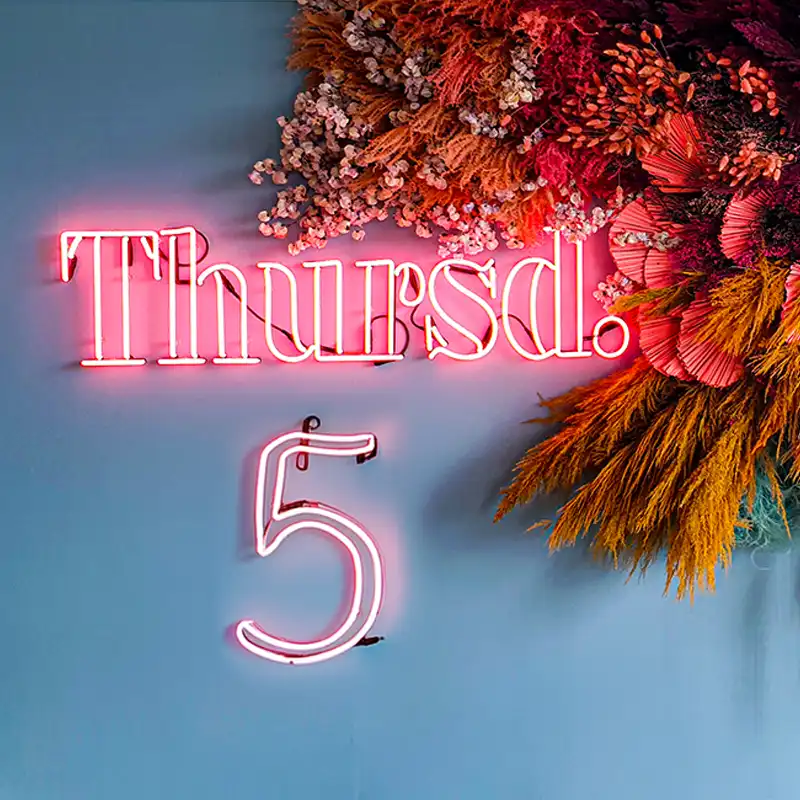Nearly a decade ago, at a seminar organized by the Dutch Association of Wholesalers, I was tasked with sharing my vision on a pressing topic: "Stop the Impoverishment of the Assortment in Floriculture." Today, the urgency of that conversation has only intensified, warranting a serious reflection on the state of our industry.
The Webshop of Everything
Back then, peering into the future, I foresaw the advent of a digital utopia: a "Webshop of everything" where the entirety of floral products could be browsed and purchased in a singular online marketplace. Moreover, as an optimist, I believed in universal accessibility—this platform would bridge the gap between growers, producers, and the aggregate demand effortlessly.

Fast forward to the present, and the first prediction has materialized. Technology has woven a webshop so vast and so inclusive that virtually any floral product can be found within its digital threads. Yet, the second part of the vision—the democratization of access—has remained a dream deferred. It is this unfulfilled promise that signals a storm on the horizon.
The Current Landscape: Floriday's Emergence
In the Netherlands, Royal FloraHolland, with cooperative zeal, introduced Floriday—a digital trading platform embodying my initial prophecy. Floriday is engineered to be the backbone of the global floriculture sector by streamlining the buying and selling of flowers and plants. The platform boasts a laudable goal: to facilitate seamless interactions between growers and an array of buyers.
The buyers—wholesalers, retailers, e-commerce, and exporters—benefit from a transparent view of the supply, accessing a cornucopia of offerings to satisfy diverse needs and preferences.
A Monochromatic Future: Price as the Sole Hue
For flower shop owners and floral designers, the implications of such technological advancements cannot be overstressed.
These platforms afford wholesalers and exporters the convenience of comparing all products. With full visibility of the supply, price becomes the sole differentiator for products in the market. While this may seem beneficial for buyers seeking the lowest prices, it presents several issues:
- Undervaluing Quality: When price becomes the primary focus, the quality of the products may be overlooked. This can lead to a market where lower-quality goods undercut those of higher quality, ultimately lowering the overall standards.
- Reduced Margins for Growers and Sellers: A price-focused market can lead to a race to the bottom, where growers and sellers are forced to cut prices to stay competitive. This can result in reduced profit margins, making it difficult for them to sustain their businesses, invest in quality improvement, or innovate.
- Diminished Brand Value: Unique brands and products with special features or superior quality may find it hard to compete purely on price. The value they add can be lost in a market dominated by price comparison, which doesn't account for the brand's reputation, customer service, or the story behind the product.
- Market Volatility: When price is the main concern, fluctuations in cost can cause significant market volatility. Sudden changes in supply or demand can lead to sharp price increases or decreases, potentially destabilizing the market.
- Unsustainable Practices: In an attempt to lower costs, producers might resort to unsustainable practices that can harm the environment, reduce biodiversity, or negatively impact social conditions within the production chain.
- Less Innovation: With a narrow focus on competing through price, there may be less incentive to innovate, as the costs of research and development could be difficult to recover in a market that doesn't value new features.
- Consumer Fatigue: Overemphasis on price can overwhelm buyers with choices that seem identical except for cost, leading to decision fatigue and a less satisfying purchasing experience.
These factors contribute to a less vibrant, less diverse, and potentially less sustainable floriculture market. For the health of the industry, a platform needs to maintain a balance between price, quality, and other value-adding factors.

Crafting a Digital Vision for a Universal Marketplace
At the heart of our industry's transformation lies a question for flower shop owners and floral designers, who typically source their blooms from wholesalers and exporters: do these suppliers provide the full spectrum of available products or only a segment?
Presenting an exhaustive inventory implies a confession—a statement that suppliers do not grasp the desires of their clientele. This approach inevitably elevates price as the critical, and sometimes only, differentiator, bringing about the challenges I've delineated. Conversely, curating a selection suggests a gatekeeping of options, denying customers the chance to discover products they might cherish.
This dichotomy positions wholesalers and exporters at a crossroads, where the choice to offer either everything or a curated selection could determine their survival. Yet, I propose a third path, one that might stir controversy but also holds the promise of revitalization: embrace the concept of the 'Webshop of everything,' making it universally accessible.
The Webshop of Everything 2.0
This path leads to equitable (which often means higher) prices for producers, stabilizes the market, fosters innovation, and enhances the financial viability of sustainability. Thus, the industry as a whole is invigorated. Brands renowned for their exceptional quality and distinctive stories can reclaim their competitive edge, wielding their reputation and authenticity as a shield against the commoditization of the marketplace.
In closing, I ask people to look beyond the numbers, to foster a marketplace that not only thrives economically but also enriches aesthetically and ethically. The "Webshop of everything 2.0" should not be a place where variety wilts under the shadow of price, but rather, a garden where every unique flower and plant can thrive. A "Webshop of everything", IMHO, only makes sense when you offer it directly to everyone.
Who will build such a platform?
Editors note: This article was first published in the BFA magazine in May 2024.

